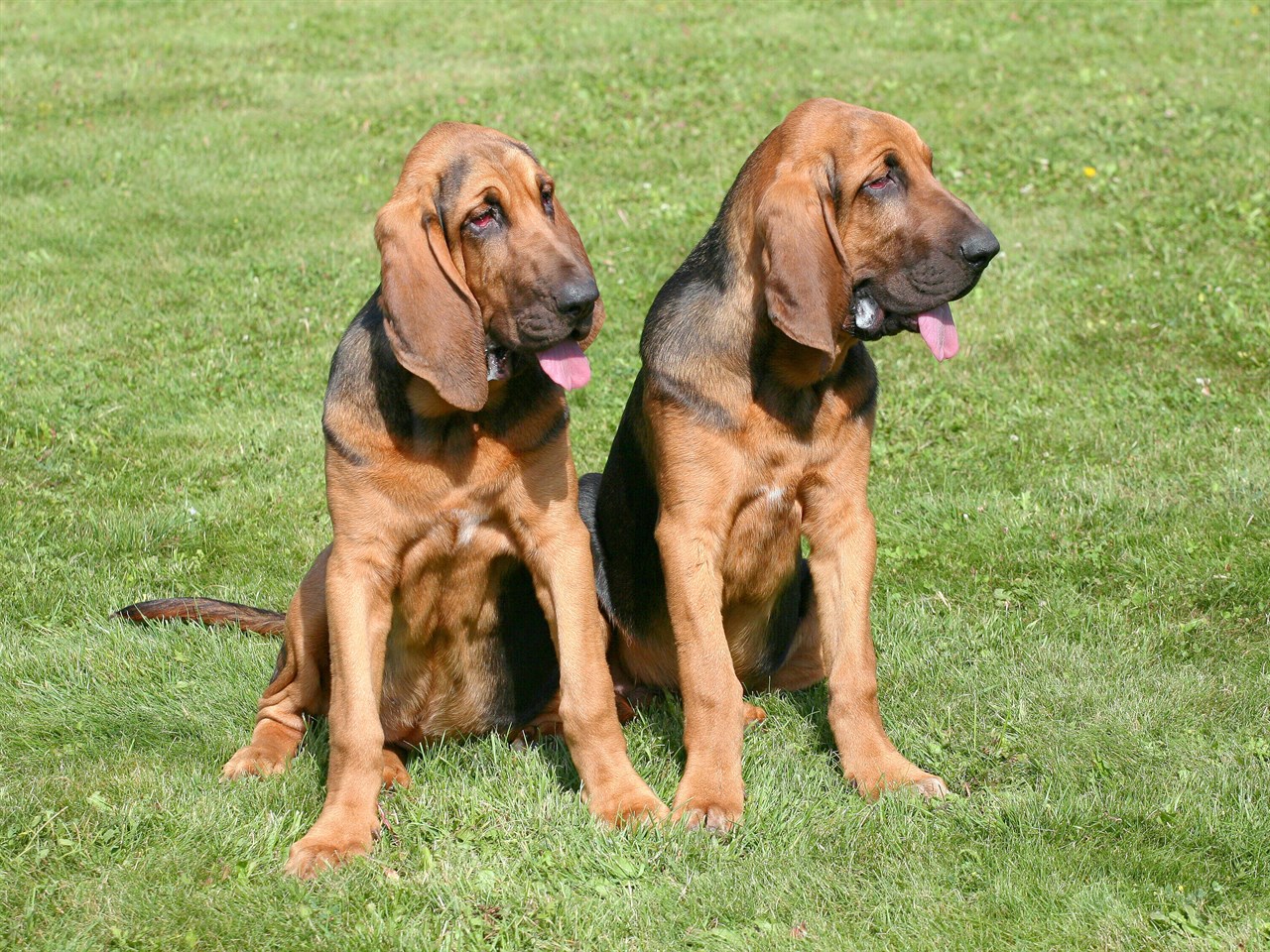Feeding Habits and Food Requirements of Bloodhound Dogs

Proper nutrition is crucial for the health and well-being of your Bloodhound. Understanding their feeding habits and dietary requirements is essential to ensure they receive the necessary nutrients to thrive.
- Age-Appropriate Feeding: Bloodhounds, like all dogs, have different nutritional needs at different life stages. It's important to choose a high-quality dog food that is appropriate for their age, whether they are a puppy, adult, or senior.
- Portion Control: Bloodhounds are prone to obesity due to their large size and lower activity levels. Monitor their portion sizes to prevent overfeeding, and consult your veterinarian for guidance on the right amount to feed based on their weight and activity level.
- Slow Growth: Bloodhound puppies grow rapidly during their first year. To prevent joint and bone problems, it's essential not to overfeed them with excessive protein or calories during this stage. Choose a puppy formula that supports controlled growth.
- Special Dietary Needs: Some Bloodhounds may have specific dietary needs or allergies. If your dog has dietary restrictions, consult your veterinarian to select an appropriate food or formulate a custom diet plan.
- Regular Feeding Schedule: Establish a consistent feeding schedule for your Bloodhound. Feeding them at the same times each day helps regulate their digestive system and can make housebreaking easier.
- Fresh Water: Ensure your Bloodhound has access to fresh, clean water at all times. Proper hydration is vital for their overall health.
- Avoid Human Food: Bloodhounds are notorious for their pleading eyes, but it's important to resist feeding them table scraps or human food. Many human foods can be harmful to dogs and lead to digestive problems or obesity.
- Monitor Weight: Keep a close eye on your Bloodhound's weight. Regularly check their body condition score to ensure they are maintaining a healthy weight. If you're concerned about their weight, consult your veterinarian for guidance.
- Slow Feeders: Bloodhounds have deep chests, which can put them at risk of bloat or gastric torsion (twisted stomach). Using a slow feeder bowl can help reduce the risk of these serious conditions by slowing down their eating.
- Transitioning Foods: When switching your Bloodhound to a new dog food, do so gradually over the course of about a week to avoid digestive upset. Mix a small amount of the new food with their old food, gradually increasing the proportion of the new food.
Common Question About Bloodhound Feeding Habits:
Are Bloodhounds picky eaters? Bloodhounds are not typically known to be picky eaters. However, individual preferences can vary. It's essential to provide a balanced and nutritious diet and establish a consistent feeding schedule. If you notice changes in your Bloodhound's appetite or eating habits, it's a good idea to consult your veterinarian to rule out any underlying health issues.
Bloodhound puppies for sale
- Find Bloodhound puppies for sale in ACT
- Find Bloodhound puppies for sale in NSW
- Find Bloodhound puppies for sale in NT
- Find Bloodhound puppies for sale in QLD
- Find Bloodhound puppies for sale in SA
- Find Bloodhound puppies for sale in TAS
- Find Bloodhound puppies for sale in VIC
- Find Bloodhound puppies for sale in WA